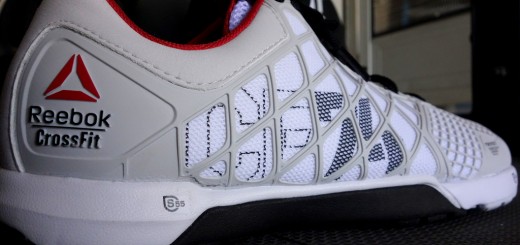2 Reasons Why You Can Foam Roll Again
Reason #1: it increases your ROM.
Reason #2: it does not decrease your strength.
Using a foam roller and / or trigger point (lacrosse ) ball has recently gotten bad press because they supposedly decrease your overall strength at the expense of increasing your ROM. Joke’s on us. So, unless you’re a serious power lifter who needs certain areas to remain tight, don’t roll them and you’re good.
Science Says Foam Rolling Increases ROM and Does Not Decrease Strength
Do you use a foam roller or lacrosse ball during your warm-up to loosen up your business? Science says you should. Prolonged static stretching during your warm-up can decrease performance in your workout. But a study from the Journal of Strength and Conditioning Research shows that myofascial release with a foam roller can dramatically increase your range of motion without any negative effects on strength.
 The study tested 11 well-trained men. Each man was tested for strength on something similar to a leg-extension machine. Then he foam rolled for two minutes on his quadriceps, seeking to put his entire body weight on the foam roller. After he returned from the pain cave of foam rolling, his strength was retested.
The study tested 11 well-trained men. Each man was tested for strength on something similar to a leg-extension machine. Then he foam rolled for two minutes on his quadriceps, seeking to put his entire body weight on the foam roller. After he returned from the pain cave of foam rolling, his strength was retested.
Researchers found that the foam rolling did not impact strength. Some previous studies have shown that massage and prolonged stretching can reduce strength, so this was a surprise. Another surprise was how much extra range of motion resulted from the foam rolling. The average was 7-10 degrees of improved knee flexion, but some participants improved by up to 20 degrees. That is huge.
Foam rolling works by returning your muscles and soft tissue to their native form. Exercise, injury, and the rigors of life can cause knots that restrict mobility and performance. By smashing those knots and allowing soft tissue to operate correctly again, foam rolling increases range of motion and improves workout performance. The study recommends using a foam roller with a PVC core for best results. Foam rollers with a PVC core are harder than the other popular type, which is made of one solid piece of foam.
I’ve personally found that another great tool is a lacrosse ball. Use it just like a foam roller to smash up more stubborn, acute knots. By the way, myofascial release with a foam roller or lacrosse ball is not fun. It hurts. If it’s not a little painful, then you’re probably not doing it correctly.
The best part about myofascial release is that it allows your body to get into positions where it can apply the most force during your workout. It’s tough to back squat if your hips won’t open. It’s tough to snatch if your shoulders won’t externally rotate. Try these techniques before your next workout. I like to perform mobility work on my right arm and then test it against my left arm to see what I gained. The results will surprise you – and allow you to get more from your workout.
References:
1. Graham Z. MacDonald, et. al. An Acute Bout of Self-Myofascial Release Increases Range of Motion Without Subsequent Decrease in Muscle Activation or Force. Journal of Strength & Conditioning Research: March 2013 – Volume 27 – Issue 3 – p 812–821. doi: 10.1519/JSC.0b013e31825c2bc1
Photo courtesy of CrossFit Impulse.





